International
Ecuador quake leaves 14 dead and more than 400 injured
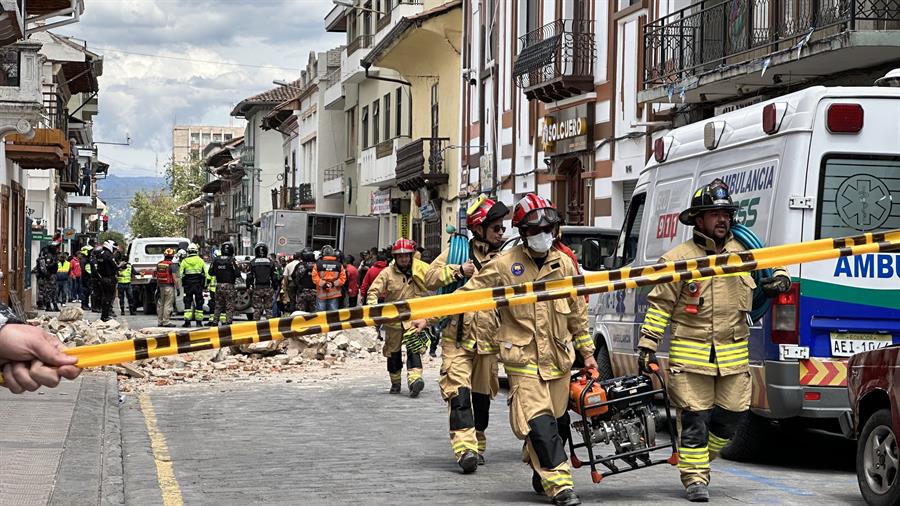
March 20 |
The strong 6.8 tremor that shook Ecuador left 14 dead and 446 people injured in at least two provinces, the country’s authorities reported on Sunday. At least one death was reported in bordering Peru.
A day after the earthquake, the most recent official reports show that 180 houses were affected and 5 bridges were destroyed, according to the Ecuadorian Risk Management Secretariat.
In Peru, Prime Minister Alberto Otárola reported that a 4-year-old girl died in a hospital in the Tumbes region, bordering Ecuador. The minor suffered an encephalocranial traumatism after her house collapsed due to the earthquake in Ecuador, which was also felt in Peru.
The Peruvian civil defense said that due to the tremor four houses were uninhabitable in the Tumbes region.
Ecuadorian rescue forces are still working in the areas affected by the quake, which according to Ecuador’s Geophysical Institute had its epicenter about 29 kilometers from Balao, in the Guayas region, about 80 kilometers south of Guayaquil, Ecuador’s second largest city.
Early Sunday, rescuers and volunteers traveled to the island of Puná, on Ecuador’s southern coast, to assess damage and offer aid to the victims. President Guillermo Lasso called on Ecuadorians to remain calm and expressed his solidarity with the families of the deceased and those affected.
The expressions of support to the victims and relatives of the victims began to arrive after the earthquake.
Pope Francis offered prayers on Sunday for the victims of the earthquake. During his weekly midday blessing, Francis recalled that the tremor “caused deaths, injuries and enormous damage.”
“I am close to the Ecuadorian people and I assure them of my prayers for the dead and for all those who suffer,” the pope added.
The U.S. ambassador in Quito, Michael J. Fitzpatrick, offered via Twitter “sincere condolences” for the deaths and assured that the U.S. “joins the people of Ecuador in this difficult situation.
Deaths and damages
One of the people who lost his life in Saturday’s earthquake was in the city of Cuenca. The victim was trapped inside a vehicle on which the facade of a house collapsed, informed the Secretariat of Risk Management.
In the province of El Oro, the collapse of a house resulted in the death of three people. In the area of Jambelí, the collapse of the camera tower of the Integrated Security Service ECU 911 was reported.
The airport in the Santa Rosa canton was slightly damaged as a result of the earthquake.
At the moment, two aftershocks have been registered after the tremor. One of magnitude 4.8 at a depth of 24 kilometers, and another of magnitude 3.7 at a depth of 23 kilometers. Both with epicenter about 23 kilometers from Balao, Guayas.
In Guayas, authorities reported multiple material damages. Including the collapse of 10 houses that left several injured.
In Machala canton, the tremor caused the collapse of a two-story house leaving people trapped inside, authorities reported. They also reported the collapse of telephone lines and lack of electricity in several sectors of the province, and the collapse of the old coastal dock.
Firefighters immediately launched rescue efforts for people trapped under the rubble.
President Guillermo Lasso called for calm and to “be informed through official channels”, in a message on his social networks. Lasso said that he communicated with the Secretariat of Risk Management “to evaluate the effects” of the earthquake that occurred in Balao, Guayas.
The president and his cabinet activated the National Emergency Operations Committee in Guayaquil to evaluate the effects caused by the tremor.
International
Trump Orders Construction of New ‘Golden Fleet’ to Revitalize U.S. Naval Superiority
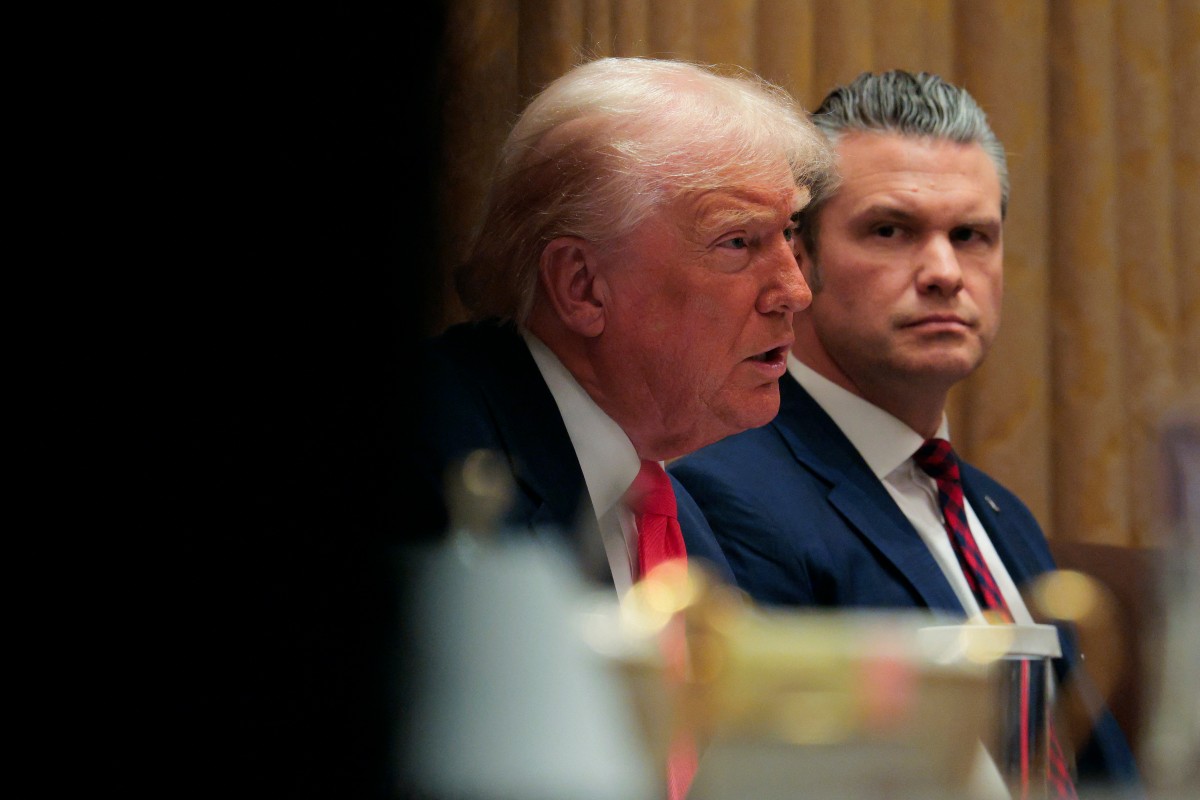
President Donald Trump issued an executive order this Monday for the immediate construction of two new warships that will bear his name. These vessels will be the pioneers of what he described as the “Golden Fleet,” a future generation of “Trump-class” battleships that he claimed would be “100 times more powerful” than those currently in service.
The announcement took place at his private residence in Mar-a-Lago, Florida. The President indicated that following the initial two ships, the administration aims to commission up to 25 additional vessels. He is scheduled to meet with Florida-based contractors next week to expedite production, criticizing existing defense firms for failing to deliver results efficiently.
This naval expansion is a cornerstone of Trump’s goal to revitalized the American shipbuilding industry and address the strategic gap between the U.S. and competitors like China.
The move comes amid heightened geopolitical tension. Just last week, Trump ordered the seizure of all sanctioned tankers involved with Venezuela’s “ghost fleet” to cripple the country’s crude oil industry. Since December 10, the U.S. military—deployed in the Caribbean under the guise of counter-narcotics operations—has already detained two tankers linked to Venezuelan oil transport.
International
U.S. Judge Blocks ICE from Re-detaining Salvadoran Erroneously Deported Under Trump Administration
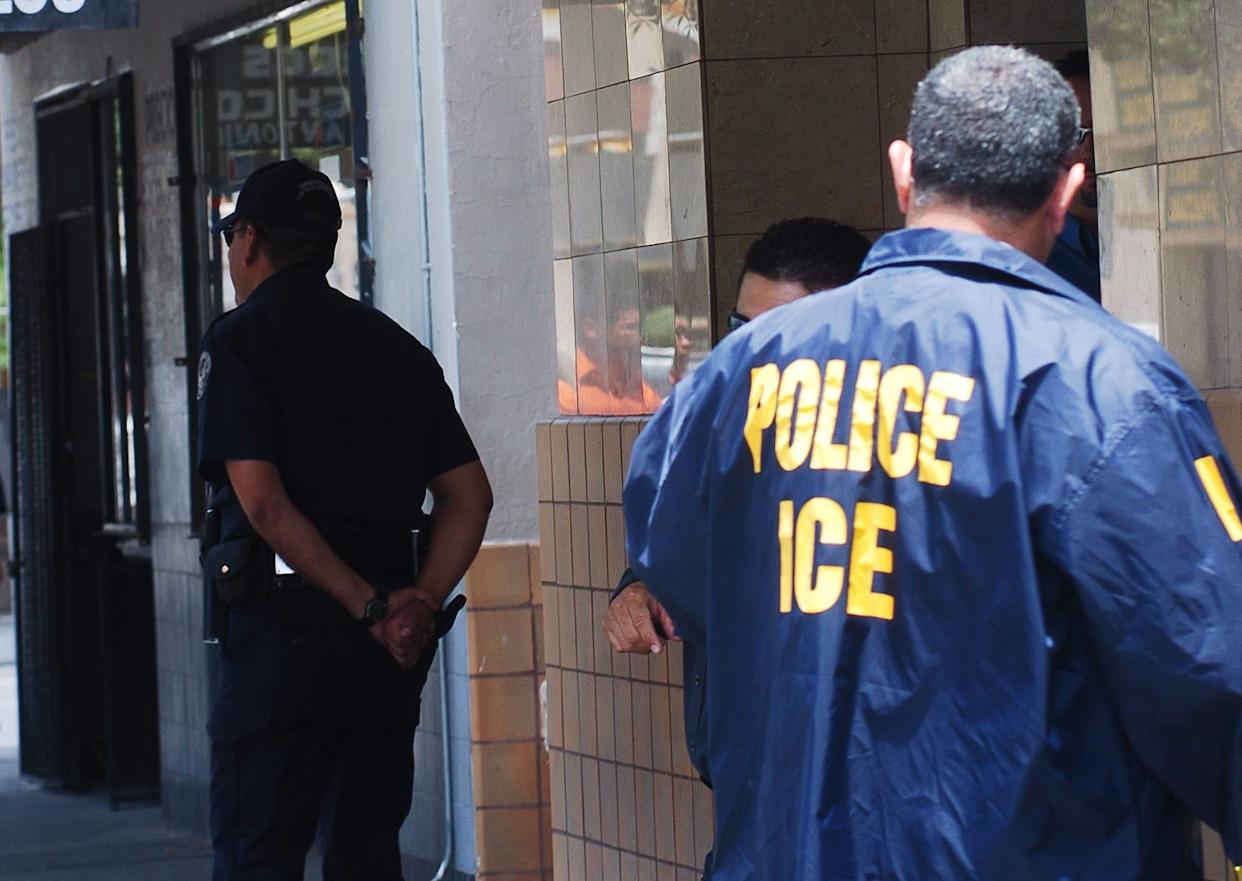
A U.S. federal judge ruled this Monday, December 22, that Immigration and Customs Enforcement (ICE) is prohibited from re-detaining Salvadoran national Kilmar Ábrego García, who was erroneously deported to El Salvador earlier this year during the administration of President Donald Trump.
During a hearing in Maryland, U.S. District Judge Paula Xinis ruled that Ábrego García must remain free on bail through the Christmas holidays, concluding that his initial detention lacked a legal basis. The ruling follows a request from his legal team for a temporary restraining order to prevent ICE from carrying out a new arrest.
Earlier this month, on December 11, Judge Xinis ordered his release from a Pennsylvania migrant detention center after determining that the government had detained him without a formal deportation order. In 2019, an immigration judge had already ruled that Ábrego could not be returned to El Salvador because his life was in danger.
Despite that protection, Ábrego García was deported in March 2025 following a raid by the Trump administration. Officials argued at the time that he was a gang member, and he was sent directly to the Center for the Confinement of Terrorism (CECOT) in El Salvador. In June, he was returned to the United States to face a new trial for alleged human smuggling—a charge he denies.
On Monday, Judge Xinis also temporarily invalidated a new deportation order issued by an immigration judge following Ábrego’s recent release, granting him legal protection through the coming weeks. His trial is scheduled to begin in Tennessee in January 2026.
International
Fire at substation triggers major blackout in San Francisco
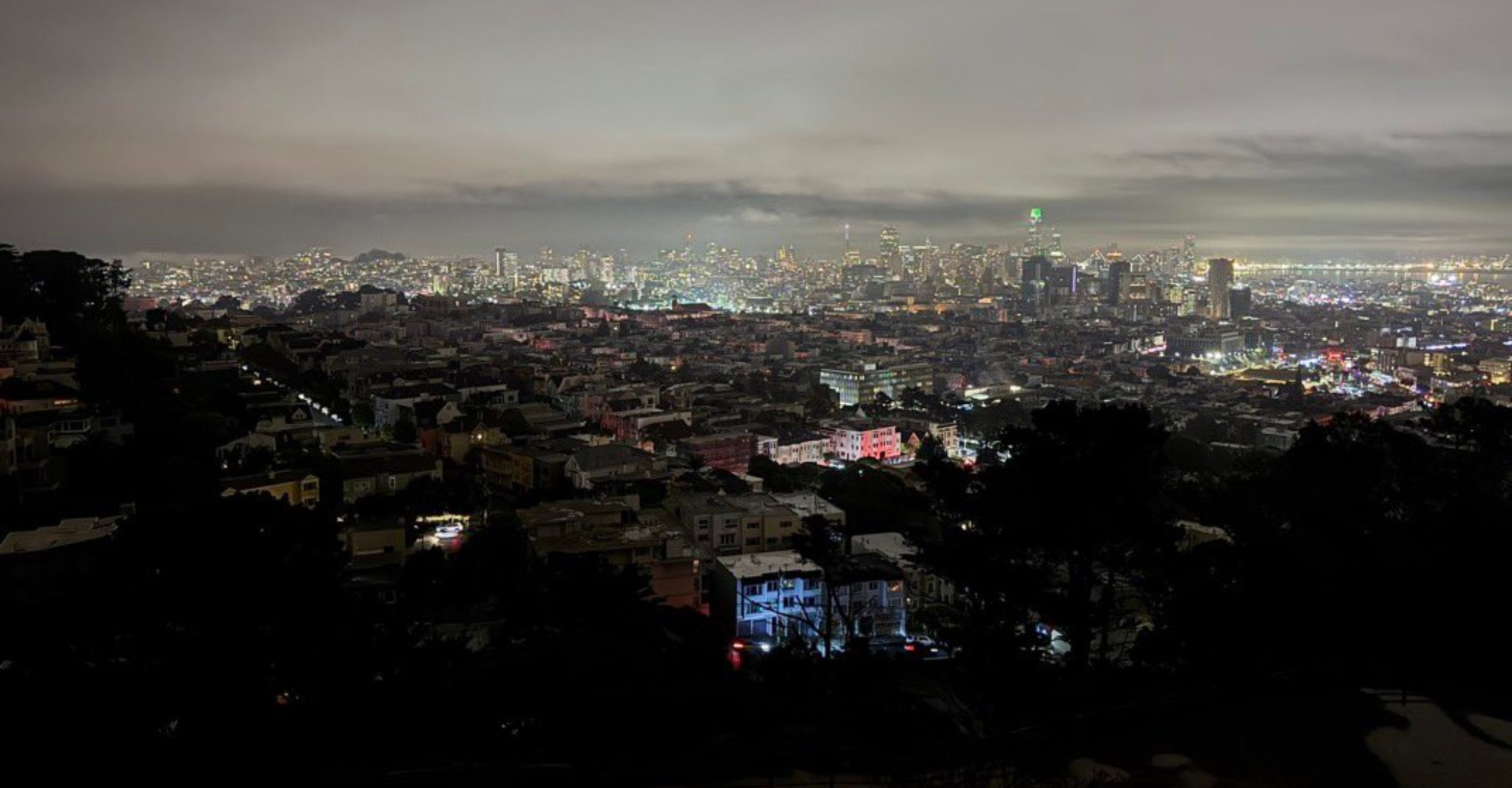
The U.S. city of San Francisco was plunged into darkness Saturday night after a power outage left about 130,000 customers without electricity, although the utility company said service was restored to most users within hours.
Pacific Gas & Electric Company (PG&E) said in a statement posted on X that nearly 90,000 homes had their power restored by 9:00 p.m. local time (05:00 GMT on Sunday), while the remaining 40,000 customers were expected to have service restored overnight.
Large areas of the city, a major technology hub with a population of around 800,000, were affected by the blackout, which disrupted public transportation and left traffic lights out of service during the busy weekend before Christmas, a crucial period for retail businesses.
“I know it’s been a difficult day,” San Francisco Mayor Daniel Lurie said in a video posted on social media from the city’s emergency operations center. “There has been progress, but for those still without power, we want to make sure they are safe and checking in on their neighbors,” he added.
Lurie said police officers and firefighters advised residents to stay home as much as possible. He also noted that officers and traffic inspectors were deployed to manage intersections where traffic lights were not functioning.
The mayor confirmed that the outage was caused by a fire at an electrical substation. Parts of the city were also covered in fog, further complicating conditions during the incident.
As a result of the blackout, many businesses were forced to close despite it being the weekend before Christmas. The sudden drop in shopper traffic ahead of the holiday is “devastating” for retailers, the manager of home goods store Black & Gold told the San Francisco Chronicle.
-

 International4 days ago
International4 days agoShakira’s El Salvador concerts sell out in hours, fans demand more dates
-

 International3 days ago
International3 days agoPentagon confirms Trump pick for SouthCom as U.S. military pressure grows
-
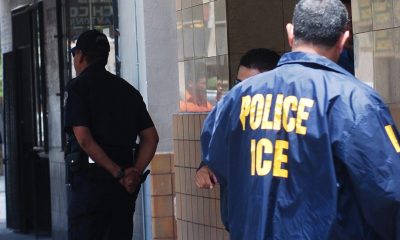
 International1 day ago
International1 day agoU.S. Judge Blocks ICE from Re-detaining Salvadoran Erroneously Deported Under Trump Administration
-
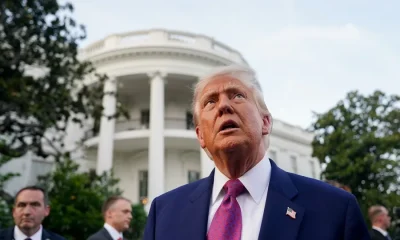
 International4 days ago
International4 days agoTrump moves to reclassify marijuana as less dangerous substance
-

 International3 days ago
International3 days agoArgentina detects first local cases of Influenza A (H3N2) Subclade K
-
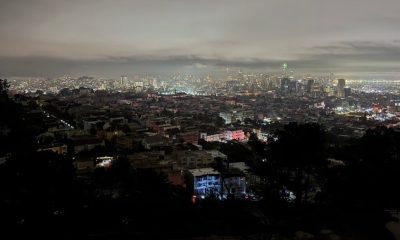
 International2 days ago
International2 days agoFire at substation triggers major blackout in San Francisco
-
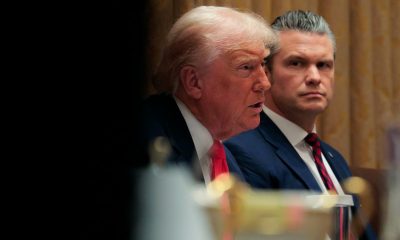
 International1 day ago
International1 day agoTrump Orders Construction of New ‘Golden Fleet’ to Revitalize U.S. Naval Superiority
-
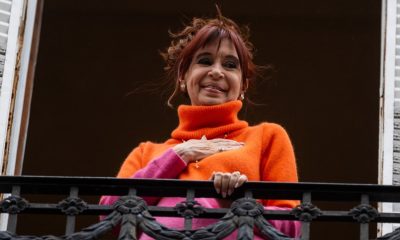
 International2 days ago
International2 days agoCristina Kirchner recovering after appendicitis surgery in Buenos Aires




























